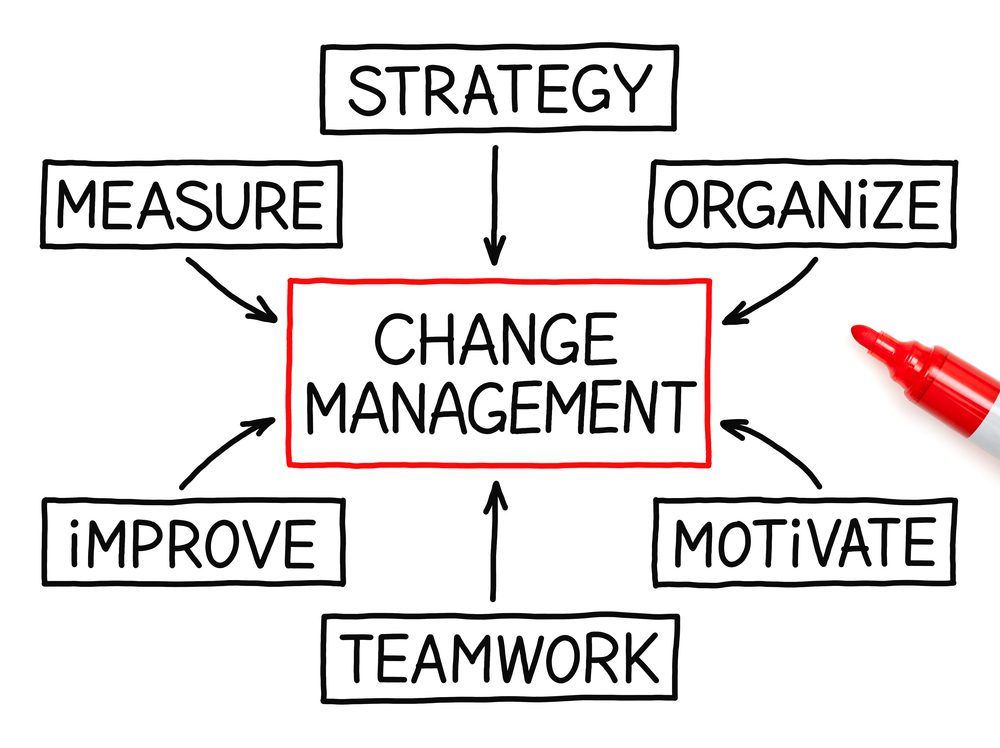In a project ‘change management’ typically means controlling change to the project assets – especially the project documentation. There is an established process and responsibility for this control mechanism. However, the purpose of many projects in a business is to prepare capabilities that will be used to change the business. So change management in a project should also mean controlling the change in the business.
Effective control of project assets is essential to the success of the project: delivering products of acceptable quality within the time described in the plan and within the costs described in the business case. But, what is the point of a successful project delivery if the result is thrown over the wall to the business and no attempt is made to ensure effective use of the product? The product is intended to lead to a change in the business (an outcome) and the realisation of the benefits described in the business case. It is this Change Management that really defines the success of the project: the delivery of the business case.
There are some useful similarities in intent and style between asset change management and business change management. However, there is a key difference: asset change management is about inanimate objects; whereas business change management is about people. (Though I realise that asset change management is intended to control a natural human behaviour to make changes without control!).
Asset Change Management
The intent of internal change control for a project is an important technique in control of the project. In particular ensuring there is no scope creep through unauthorised extensions to designs and plans and that any changes to documents are kept consistent with each other and the overall time, cost and quality (TCQ) parameters of the project. Changes to the TCQ must be authorised by the project board as part of their control mechanism. Implementing change control is through a process with clear responsibility for who needs to do what, decide what and the decision criteria.
Business Change Management
Business change management is about the controlled change in a business leading to new behaviours (people doing things differently) with new levels of performance utilising the project products. These new behaviours and performance then enable the business to realise the benefits that justified the project in its business case. Business change management also has a process, with responsibilities and decisions. However, because it is dealing with people there is a lot more ambiguity management within the process and decisions.
Implications for a project that takes on Business Change Management
The main implication is that the business provides a Change Manager who is responsible for delivering the benefits in the business case. The Change Manager works with the project manager to ensure a successful change through a peer relationship. The Change Manager will take the lead in quality assessment and acceptance of the project projects (equivalent to the Senior User on a PRINCE2®1 project board). However, having an active manager seeking ‘fit-for-purpose’ products who is a peer of the project manager changes the dynamics of the project quality processes. The injection of change success into the project right from the start also changes the design and development approach due to the need to see beyond delivery into use; and often into cost of ownership and eventual disposal.
In my experience, the introduction of an autonomous Change Manager does not go down too well with Project Managers. Introducing the concept from the beginning is essential, as is support of the project board and project sponsor in the focus on business change and less on project delivery as the end-goal.
Doing both types of change control is going to deliver a more successful project.
1 PRINCE2® is a registered trademark of the Cabinet Office in the UK and other countries



